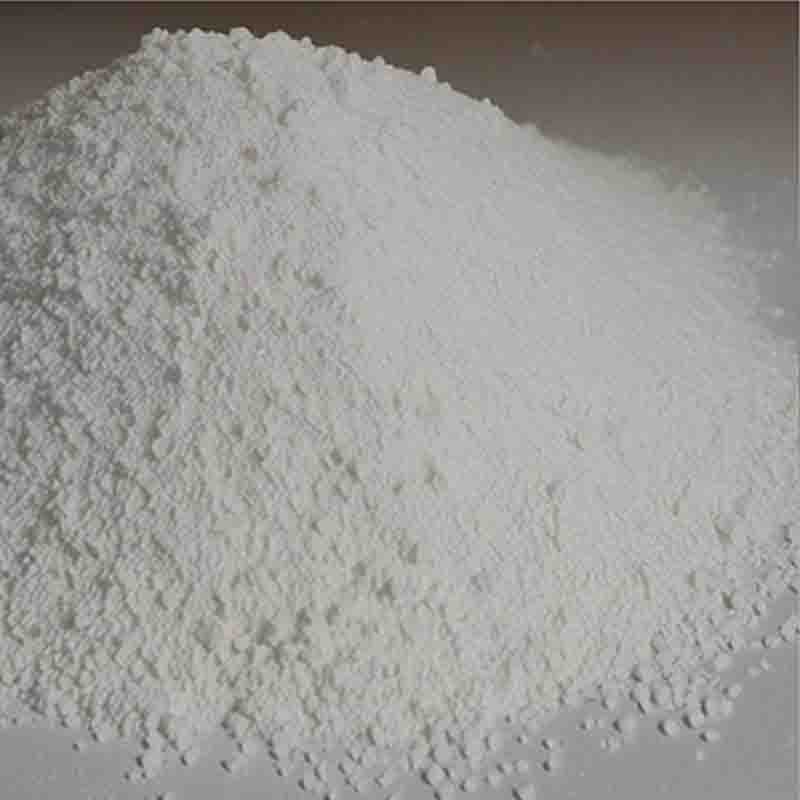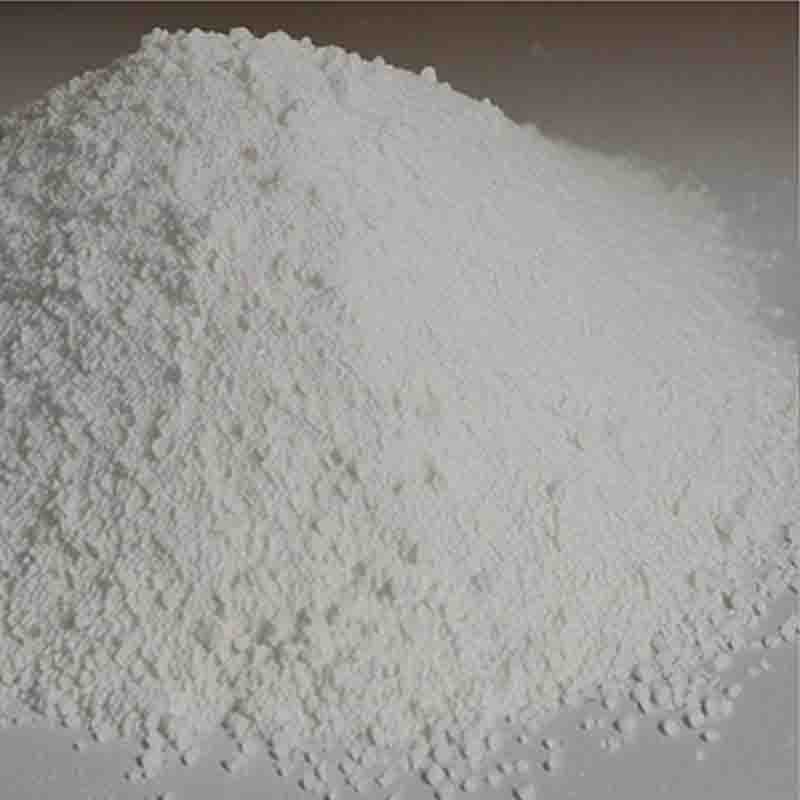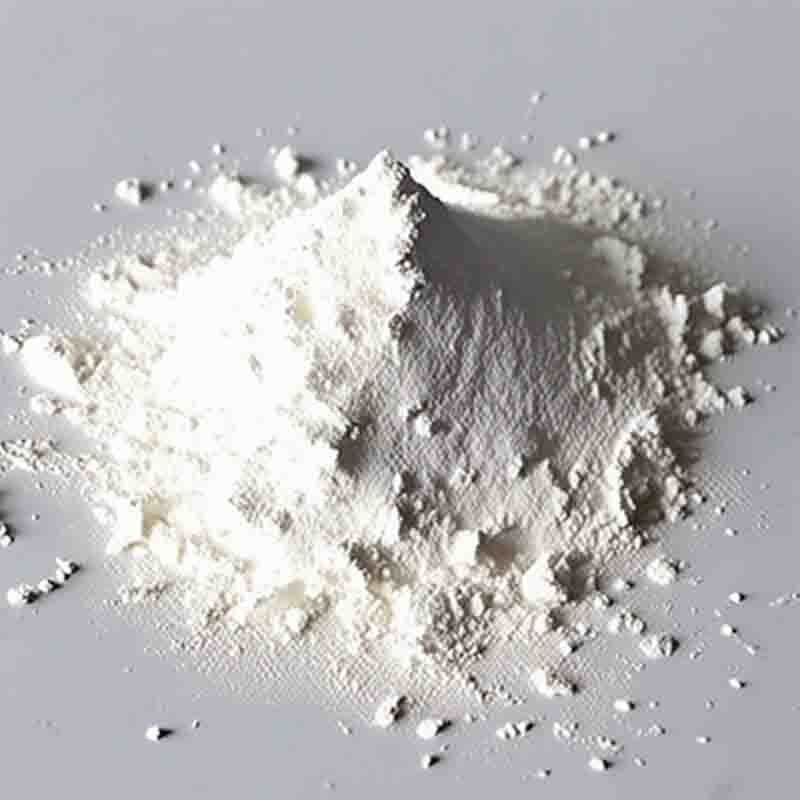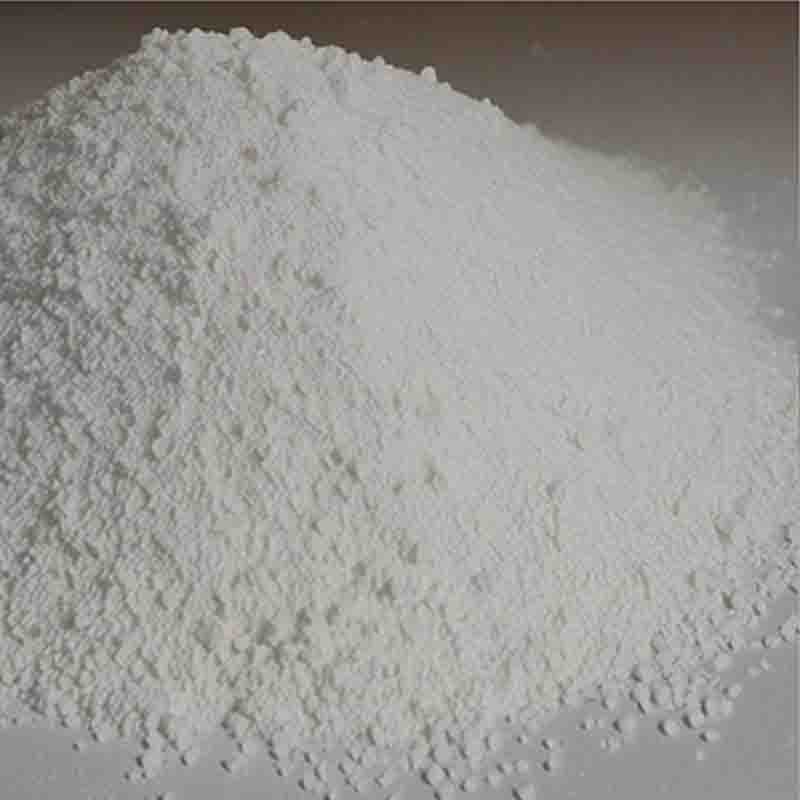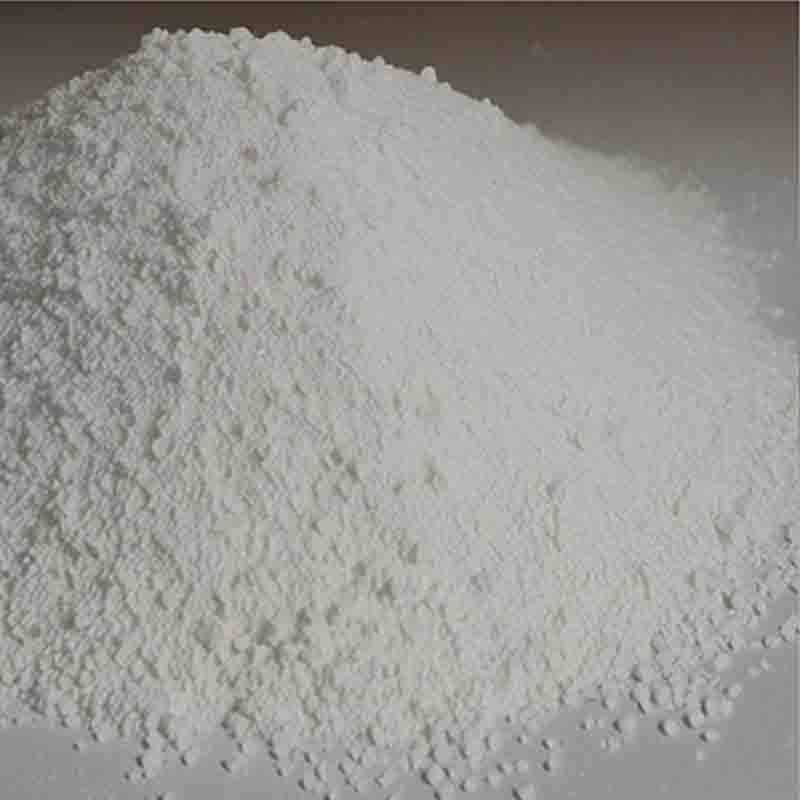3-Fluoro-4-(4-Morpholinyl)-Benzeamine CAS:93246-53-8
| Catalog Number | XD95237 |
| Product Name | 3-Fluoro-4-(4-Morpholinyl)-Benzeamine |
| CAS | 93246-53-8 |
| Molecular Formula | C10H13FN2O |
| Molecular Weight | 196.22 |
| Storage Details | Ambient |
Product Specification
| Appearance | White powder |
| Assay | 99% min |
3-Fluoro-4-(4-Morpholinyl)-Benzeamine, also known as N-(3-fluoro-4-morpholinophenyl)aniline, is a compound that belongs to the class of aromatic amines. In this 300-word response, we will discuss some of the effects and implications of this compound.One of the prominent effects of 3-Fluoro-4-(4-Morpholinyl)-Benzeamine is its potential as a pharmaceutical agent. Aromatic amines, such as this compound, have been studied for their biological activities, particularly as potential anticancer agents. The introduction of fluorine and morpholine groups in this compound may enhance its pharmacological properties, such as increased potency, improved solubility, and decreased toxicity. Studies have shown that derivatives of 3-Fluoro-4-(4-Morpholinyl)-Benzeamine exhibit cytotoxic effects, inhibiting the growth and proliferation of cancer cells.Additionally, this compound may also have potential as an intermediate in organic synthesis. It can be utilized in the production of various organic compounds, including pharmaceuticals, agrochemicals, and dyes. By modifying the structure of 3-Fluoro-4-(4-Morpholinyl)-Benzeamine, chemists can generate analogs and derivatives with different properties and activities.However, it is important to note that 3-Fluoro-4-(4-Morpholinyl)-Benzeamine, being an aromatic amine, may also possess potential hazards and risks. Aromatic amines are known to have carcinogenic and mutagenic properties, especially when metabolized in the body. Therefore, appropriate safety measures and precautions should be taken when handling and using this compound. These may include employing proper personal protective equipment, working in a well-ventilated area, and following the guidelines and regulations set by relevant authorities.It is also crucial to conduct further studies and research to fully understand the effects and potential applications of 3-Fluoro-4-(4-Morpholinyl)-Benzeamine. This may include investigations into its mechanism of action, toxicity profile, and stability under different conditions. Additionally, exploring its potential as a therapeutic agent in various disease models could provide valuable insights into its efficacy and potential side effects.In conclusion, 3-Fluoro-4-(4-Morpholinyl)-Benzeamine is a compound that holds potential as a pharmaceutical agent and intermediate in organic synthesis. However, its aromatic amine nature raises concerns about its potential hazards and risks. Proper precautions should be taken when working with this compound, and further research should be conducted to fully understand its effects and potential applications.


